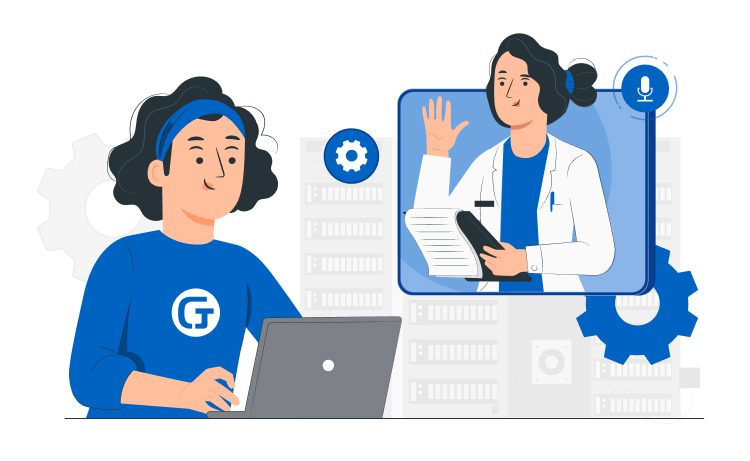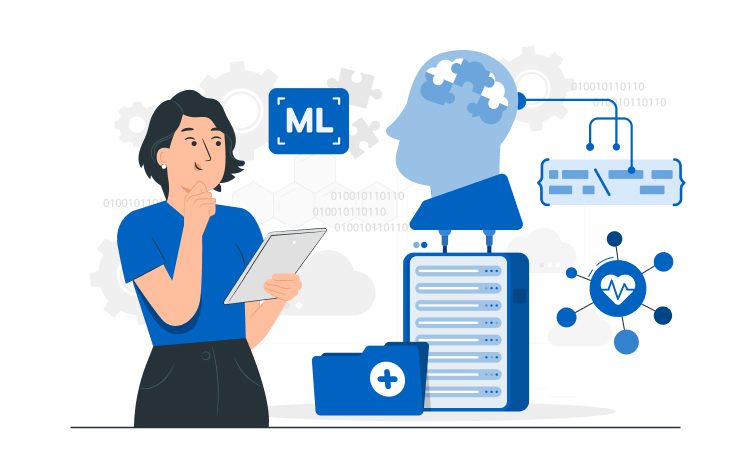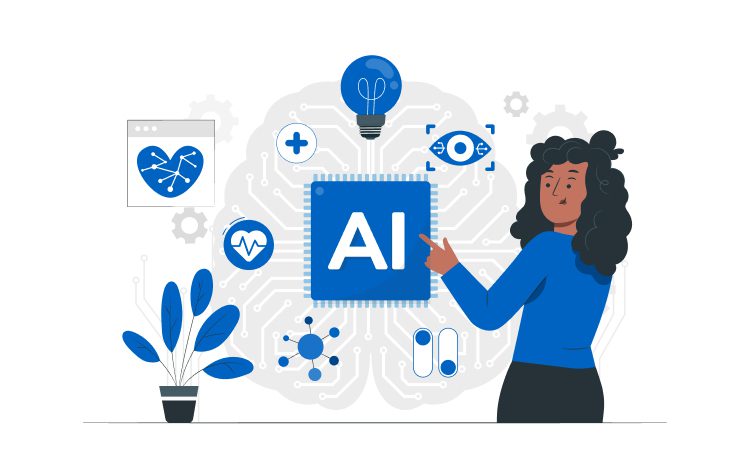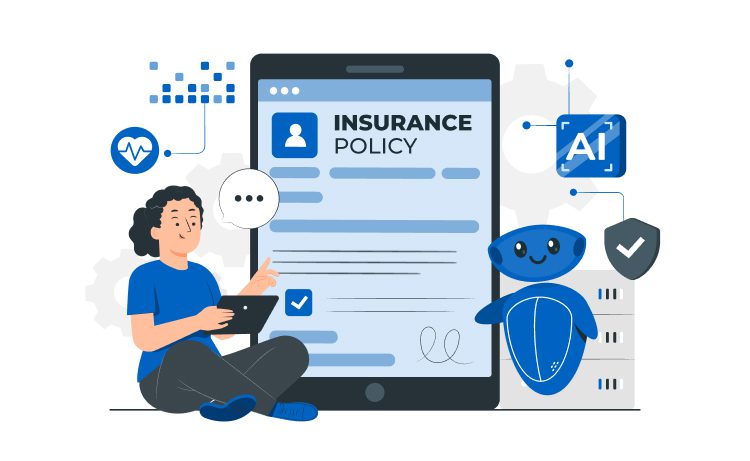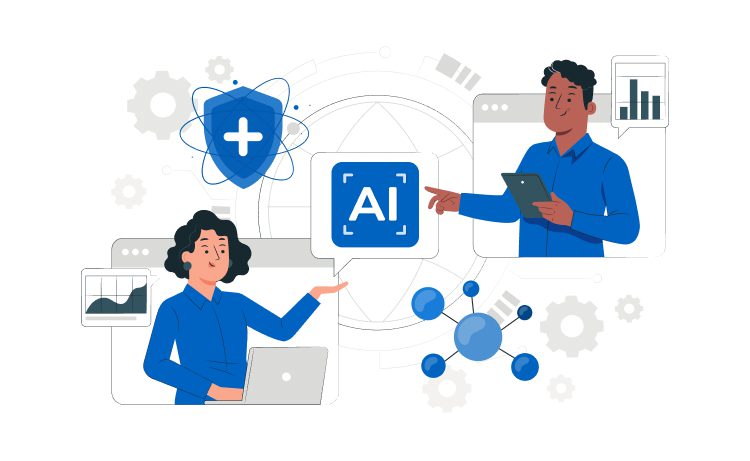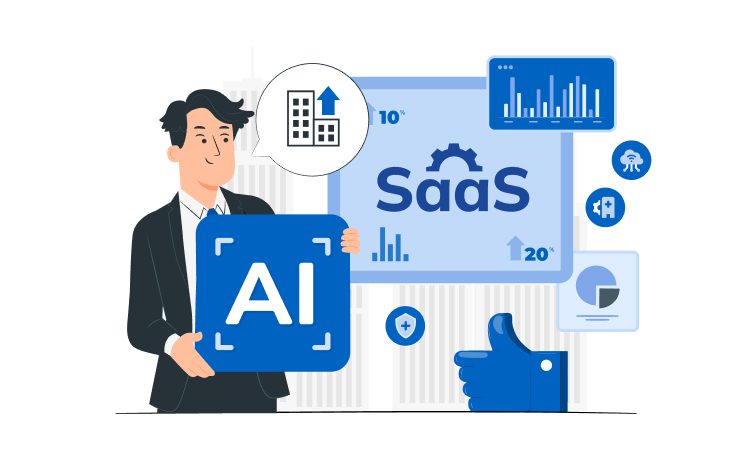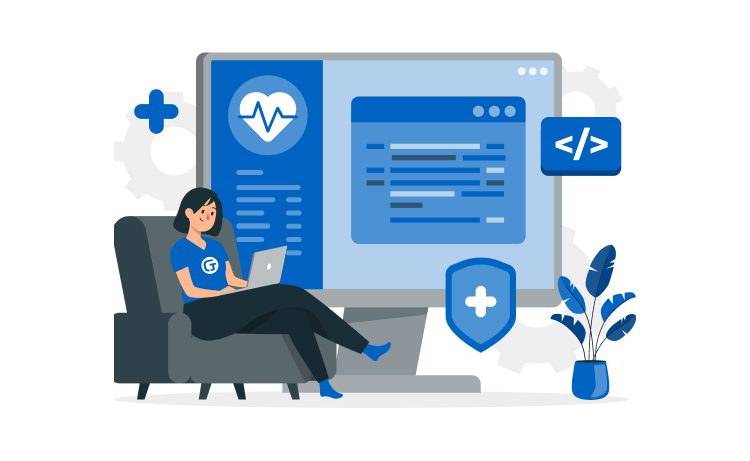
Healthcare Software Product Development: The Ultimate Guide



Healthcare software products are becoming increasingly important as healthcare organizations look for ways to improve efficiency, reduce costs, and enhance patient care. With the rapid advancements in technology, healthcare software products offer a range of benefits, including improved patient outcomes, streamlined processes, and increased patient satisfaction.
The purpose of this guide is to provide a comprehensive overview of the healthcare software product development process. From understanding the healthcare market and regulations to defining and developing the product to launching and marketing, this guide covers everything you need to know to bring a healthcare software product to market successfully.
Content
The healthcare industry is a complex and highly regulated sector that encompasses a range of stakeholders, including patients, healthcare providers, payers, and governments. To succeed in this industry, it is essential to have a deep understanding of the market, regulations, and compliance requirements, as well as a commitment to delivering high-quality, effective, and user-friendly products.
According to Grand View Research the market for healthcare software was estimated to be worth USD 12.5 billion in 2020 and is anticipated to grow at a CAGR of 19.5% from 2021 to 2028.
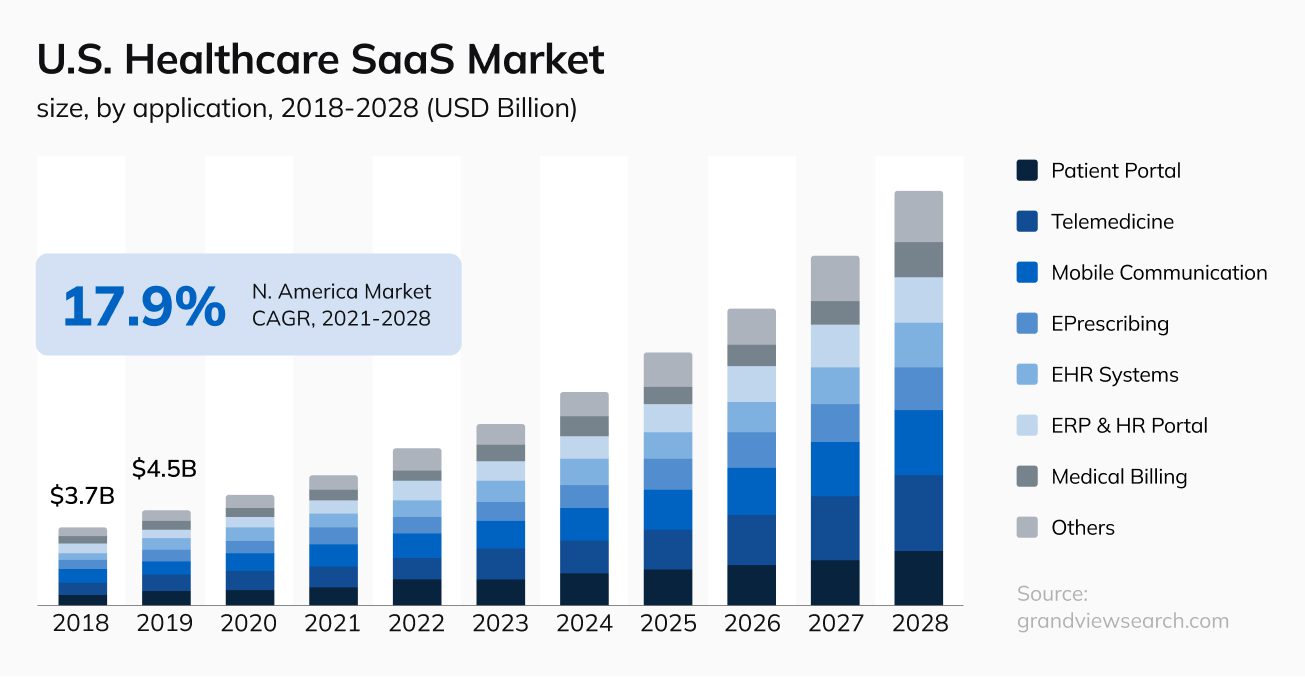
The healthcare industry is highly regulated, and compliance is of utmost importance. It is important to understand and follow all regulations, including HIPAA, HITECH, and other laws and guidelines that apply to healthcare software products. Failure to comply with regulations can result in legal and financial consequences, so it is essential to be well-informed and proactive in this area.
Healthcare software comprises a broad range of applications and platforms designed to streamline various aspects of healthcare administration and delivery. It includes electronic health records (EHRs), practice management software, e-prescribing software, patient engagement solutions, telemedicine platforms, and more. As healthcare providers recognize the need to improve patient care while reducing costs, the demand for these software solutions has grown exponentially.
One of the key trends shaping the healthcare software market is the shift toward patient-centric care. Today’s patients demand more control over their healthcare journey, which has led to the development of software tools that enhance patient engagement and communication. These include mobile apps that allow patients to access their health records, book appointments, and communicate with their healthcare providers, as well as telemedicine platforms that enable remote consultations.
Read more about healthcare software development services.
We’ll walk you through each stage, from the initial concept and planning to design, development, testing, and deployment. If you’re aspiring to create a digital solution, this step-by-step guide provides the insights and strategies needed to navigate the unique challenges of healthcare software development successfully.
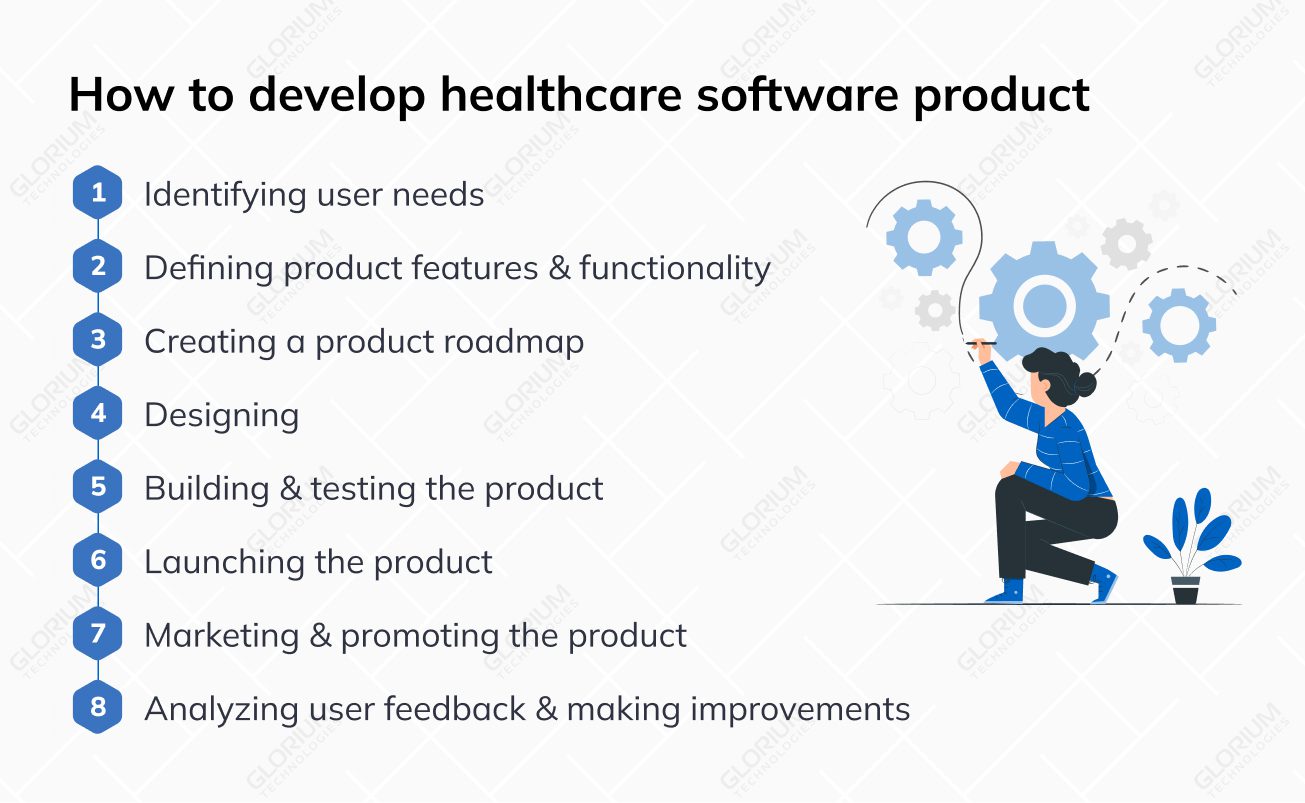
The key to developing a successful healthcare software product is understanding the needs of your target users. This includes understanding the challenges they face, and the pain points they experience in their day-to-day work. Identifying user needs should involve conducting user research, including interviews, surveys, and user testing, among other methods.
Before embarking on developing a healthcare software product, it is essential to conduct thorough market research. This includes understanding the needs of your target users, identifying opportunities in the market, and analyzing the competitive landscape. Market research should also involve a deep dive into the healthcare industry, including trends, regulations, and compliance requirements.
Understanding your competitors is critical to success in any market, and the healthcare software product market is no exception. Competitor analysis should include an examination of product offerings, pricing, marketing strategies, and customer reviews, among other factors. By understanding your competitors, you can identify opportunities to differentiate your product and gain a competitive advantage.
Anna VoznaClient Success Manager, Glorium Technologies
Once you have a clear understanding of user needs, you can begin to define the features and functionality of your product. This includes identifying the product’s user interface, data and information management capabilities, security and privacy features, and any other key aspects of the product. It is important to strike a balance between delivering a product with the features and functionality that users need and making it easy to use and accessible.
A product roadmap is a high-level view of the product development plan, including the timeline, milestones, and goals. The roadmap should take into account the user needs you identified during the research phase, as well as the features and functionality defined for the product. The roadmap should also be flexible enough to adapt to changes in the market and user needs while still remaining focused on the overall goals of the project.
Designing a great user experience is essential for the success of any healthcare software product. This includes creating a user-friendly interface, ensuring easy navigation, and making sure that the product is accessible and usable for a wide range of users. The design process should involve iterative testing and refinement to ensure that the product meets user needs and expectations.
The technical architecture of a healthcare software product is critical to its success. This includes decisions around the technology stack, data storage and management, and security and privacy considerations. The technical architecture should be designed with scalability, reliability, and security in mind, to ensure that the product can meet the needs of users now and in the future.
Once the user experience and technical architecture have been defined, it is time to start building and testing the product. This phase involves writing code, testing functionality, and fixing any bugs or issues that arise. It is important to engage users throughout this phase to ensure that the product meets their needs and provides the value that was promised.
Launching a healthcare software product is a major milestone, and it is important to do it right. This includes developing a launch plan, promoting the product, and providing support and training for users. The launch plan should take into account the target audience, the competitive landscape, and any regulatory or compliance considerations.
Marketing and promoting your healthcare software product is critical to its success. This includes developing a marketing strategy, building a strong brand, and engaging with potential customers through various channels, including social media, email marketing, and events. It is important to be creative and strategic in your marketing efforts to stand out in a crowded market.
After launching the product, it is important to continually gather feedback from users and make improvements based on that feedback. This includes analyzing user data, conducting user research, and making updates to the product based on user feedback. The goal is to continuously improve the product and ensure that it meets the changing needs of users.
These steps help to streamline processes, improve patient care, and enhance data management, thereby fostering more efficient and effective healthcare delivery. However, the development of a healthcare software product is just the beginning. The real challenge lies in managing and growing the product in a rapidly evolving market.
Product management in the healthcare sector goes beyond the traditional realms of user experience and feature optimization. It also involves a deep understanding of regulatory compliance, data privacy, and interoperability. The task becomes even more challenging when the product is designed to cater to a diverse audience, including doctors, healthcare administrators, and patients.
This section provides a comprehensive look at how to manage and grow your healthcare software product. By adopting these strategies, you can ensure that your healthcare product not only stays relevant and useful but also contributes to the main goal of improving healthcare outcomes.
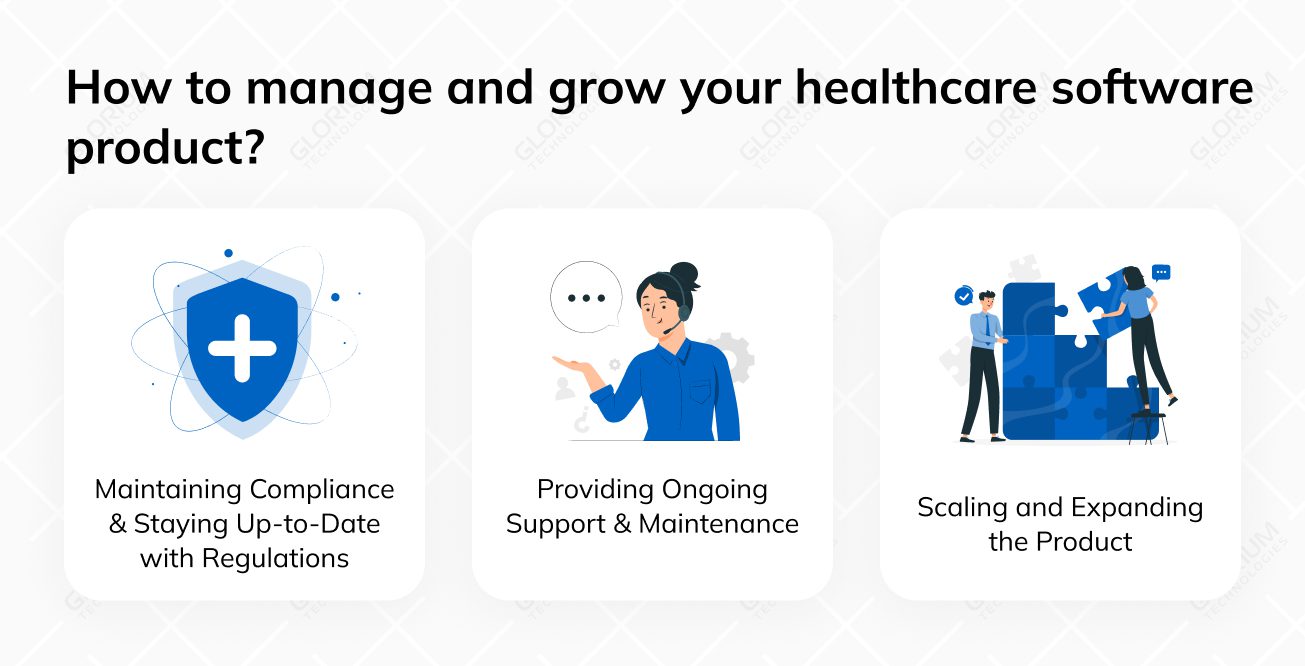
As the healthcare industry is highly regulated, it is important to stay up-to-date with the latest regulations and ensure that your product remains in compliance. This includes regularly reviewing regulations, updating the product as necessary, and working with legal and regulatory experts to ensure that you are meeting all relevant requirements.
Embarking on the journey of healthcare software product development necessitates a strict adherence to worldwide healthcare industry regulations, standards, and the highest level of security practices. This commitment ensures the product’s security integrity and safeguards sensitive patient information and clinical data. Let’s delve into the specific regulations and standards healthcare software comply with.
Key privacy standards for health information that healthcare software development need to follow include:
Critical healthcare standards and certifications that we align with include:
Providing ongoing support and maintenance is essential for the success of any healthcare software product. This includes fixing bugs, adding new features, and providing training and support to users. It is important to have a plan to manage support and maintenance and have the resources in place to deliver on that plan.
As your healthcare software product grows, it is important to have a plan in place to scale and expand the product to meet the needs of a growing user base. This includes considering new features, expanding into new markets, and developing new products to complement your existing offerings. It is important to be proactive and strategic in your approach to scaling and expanding the product to ensure continued success.
The landscape of healthcare is rapidly transforming, fueled by the evolution of technology. In particular, healthcare software product development is at the forefront of this change, revolutionizing the way healthcare is delivered and managed.
Whether it’s electronic health records, telemedicine platforms, or AI-driven diagnostic tools, the technologies used in creating these software products play a pivotal role. They determine the capabilities, efficiency, security, and scalability of these products. Among these, Artificial Intelligence (AI), Machine Learning (ML), and a few others have shown significant promise.
AI has the potential to revolutionize healthcare software by automating routine tasks, enhancing diagnosis, personalizing patient care, and improving administrative efficiency. For instance, AI can be used to develop chatbots that automate patient communication, thereby freeing up valuable time for healthcare professionals. AI algorithms analyze large amounts of data to identify patterns and trends, enabling predictive analytics that can warn of potential health issues before they become serious.
A subset of AI, ML is particularly useful in healthcare software development due to its ability to learn and improve over time. ML provides the development of predictive models for disease diagnosis and prognosis, analyzes patient data for personalized treatment, and automates administrative tasks like appointment scheduling. ML can also enhance the functionality of Electronic Health Record (EHR) systems by identifying trends and patterns in patient data, thereby enabling more informed decision-making.
The cloud is increasingly becoming a preferred platform for healthcare software due to its scalability, cost-effectiveness, and accessibility. Cloud-based healthcare software can be accessed from anywhere, making it easier for healthcare providers and patients to connect and collaborate. It also facilitates real-time data sharing and collaboration among healthcare providers. Technologies such as AWS, Google Cloud, and Microsoft Azure provide robust and secure platforms for hosting healthcare software.
Blockchain can enhance data security, privacy, and interoperability in healthcare software. It creates a decentralized and immutable record of data transactions, ensuring data integrity and transparency. Blockchain can be particularly useful in managing patient consent, streamlining health information exchanges, and tracking the drug supply chain.
Augmented Reality is another technological marvel that’s making significant strides in the realm of healthcare software product development. AR can offer an immersive, interactive learning experience for medical students and professionals. It can be used to create 3D models of the human body, allowing students to explore various body systems in detail. This hands-on approach aids in a better understanding of complex medical concepts. You can visualize a patient’s medical condition or demonstrate the way a particular medication works within the body.
Get to know more about Glorium healthcare application utilizing AR technology.
IoT technology connects devices and systems to gather, analyze, and exchange data in real-time. IoT helps to monitor patients’ health remotely, track medical equipment, and automate workflows. For instance, IoT devices like wearable health monitors can collect real-time data on patients’ health indicators, such as blood pressure, heart rate and feed this data into healthcare software for analysis and action.
Big Data technologies are critical for handling the vast amounts of data generated in healthcare settings. Big data can provide valuable insights into patient health, treatment outcomes, and healthcare processes, leading to better decision-making and improved patient care. Technologies like Hadoop and Spark can process large volumes of data quickly and efficiently.
Given the sensitive nature of health data, cybersecurity technologies are essential in healthcare software development. These include encryption technologies for secure data transmission, authentication mechanisms for user access control, and intrusion detection systems for identifying and responding to cyber threats.
Choosing the right technologies for healthcare software development depends on various factors, including the specific needs of the healthcare provider, the type of software being developed, and the regulatory requirements in the healthcare industry. By leveraging these technologies, healthcare providers can develop software products that are not only efficient and user-friendly but also secure and compliant with industry standards.
In the rapidly evolving world of healthcare, software product development has become increasingly significant. Healthcare providers are always looking for innovative ways to provide better care, streamline processes, and maintain patient data confidentiality. So should healthcare providers use an in-house team or opt for outsourcing when developing software products? Let’s discover the benefits of both options.
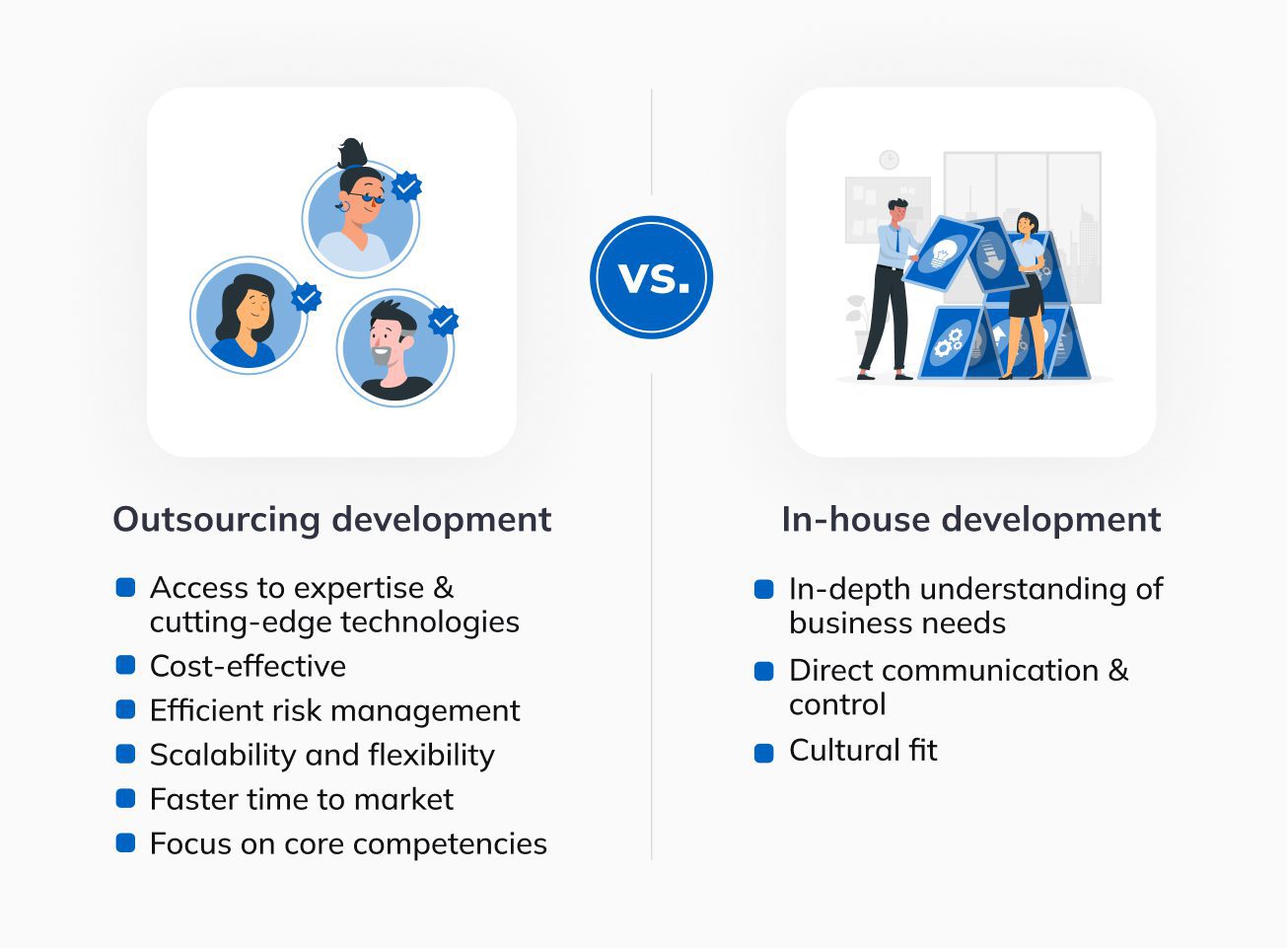
When it comes to in-house development, the prospect of using existing resources and maintaining control over the process holds significant appeal.
However, while these benefits can be appealing, they come with a set of challenges such as higher costs, slower time to market, and the need for ongoing training to keep the team updated with the latest technology trends. In contrast, outsourcing offers a multitude of advantages.
While both options have their merits, the benefits of outsourcing are becoming more apparent, particularly in the complex healthcare field. Outsourcing has emerged as a strategic tool that offers numerous advantages, enabling healthcare providers to focus on their core competencies while enjoying benefits.
Healthcare software product development is a complex and time-consuming process that requires significant resources, including specialized knowledge, experienced personnel, and the latest technology. Healthcare software product development is a complex and time-consuming process that requires significant resources, including specialized knowledge, experienced personnel, and the latest technology.
The cost of developing a healthcare software product varies greatly depending on several factors, including the complexity of the software, the size of the development team, and the length of the project timeline. On average, the cost can range from tens of thousands of dollars for a simple application to hundreds of thousands or even millions of dollars (10 000$ – 1 000 000+$) for a more complex system.
In addition, the cost of development can also vary depending on the location and experience of the development team. Hiring developers in a high-cost area, such as the US, is likely to be more expensive than hiring developers in a lower-cost region. Similarly, a development team with extensive experience in developing healthcare software products is likely to be more expensive than a less experienced team.
It is important to carefully consider your budget and project requirements when choosing a development partner, as the cost of healthcare software product development can significantly impact the overall success of the project. It may be helpful to work with a professional healthcare software development company to get a more accurate estimate of the cost of your project.
As we conclude our look at the transformation of the healthcare industry, it is important to highlight the key role that healthcare software development has played in modernizing and improving the efficiency of healthcare systems.
The widespread adoption of electronic medical records (EMRs) has revolutionized healthcare by offering a streamlined approach to storing, accessing, and managing patient information electronically. This transition not only simplifies many administrative and financial tasks and processes, but also significantly improves patient outcomes by providing healthcare professionals with easy and secure access to important medical information.
Successful healthcare software development lies through the Software Development Life Cycle (SDLC), a framework that ensures the creation of high-quality, reliable healthcare software solutions, that meet the specific needs of healthcare providers. By adhering to the steps of the SDLC, healthcare software development companies can create products that are not only functional, but also meet strict healthcare regulations and standards. This careful approach is essential to spur innovation in clinical product development, where the stakes are inherently high.
In addition, the advent of hospital and medical practice management software has revolutionized the way healthcare facilities operate, resulting in better resource management and improved patient care.
These software solutions offer a complete set of tools to manage all aspects of a healthcare facility, from the medical records to scheduling patient appointments to billing and more.
The benefits of using existing systems and implementing such systems are manifold, increasing the efficiency of healthcare facilities and enabling them to provide better care.
In conclusion, the healthcare industry is constantly evolving due to advances in software development. As we look to the future, we see that ongoing collaboration between technology innovators software engineers and healthcare professionals will play an important role in shaping the future of healthcare, ensuring that it is efficient and meets the needs of patients around the world.
Choosing the right partner for outsourcing software development is a critical decision for any startup, particularly in the healthcare sector. Glorium Technologies, with its extensive experience and proven track record, stands as the preferred choice for many burgeoning companies. Here’s why your startup should choose Glorium for your healthcare software development needs.
Don’t wait to take your startup to the next level, contact our managers and discover how our expert healthcare software development solutions can drive your success.
Healthcare software product development refers to the process of creating, designing, and implementing software solutions specifically tailored for the healthcare industry. It involves developing applications, systems, or platforms that address the unique needs and challenges of healthcare providers, patients, and other stakeholders.
Healthcare software product development offers numerous benefits, including improved efficiency in healthcare delivery, enhanced patient care and safety, streamlined workflows, increased data accuracy and accessibility, better communication among healthcare professionals.
The timeline for healthcare software product development depends on the development team size, the project’s complexity and the scope of the project. It can take a few months to over a year to build a robust and comprehensive healthcare software product.
Healthcare software products employ various measures to ensure data security and privacy, such as robust encryption techniques, access control mechanisms, adherence to industry standards like HIPAA (Health Insurance Portability and Accountability Act), regular security audits, and strict compliance with data protection regulations.
Healthcare software product development leverages a wide range of technologies, including electronic health records (EHR) systems, telemedicine platforms, medical imaging and diagnostic tools, health monitoring devices, artificial intelligence (AI) and machine learning (ML) algorithms, cloud computing, and mobile applications.
When selecting a healthcare software development company, check a number of factors such as their experience and expertise in the healthcare domain, portfolio of past projects, client testimonials and reviews, development methodologies, ability to handle regulatory requirements, communication and collaboration capabilities, and post-development support services. It’s also important to align their expertise with the specific needs of your project.
The key steps in developing a healthcare software product are defining the problem and opportunity, researching the market and user needs, designing and developing the product, launching and marketing the product, managing and growing the product, and staying up-to-date with regulations.
User-centered design is important in the development of healthcare software products because it ensures that the end product will meet the needs and wants of the users and provide real value to them. By focusing on the user throughout the development process, the product will be more likely to be successful.
Some future trends in healthcare software product development include the continued rise of digital health solutions, the increasing use of artificial intelligence and machine learning, and the growing emphasis on data privacy and security.

